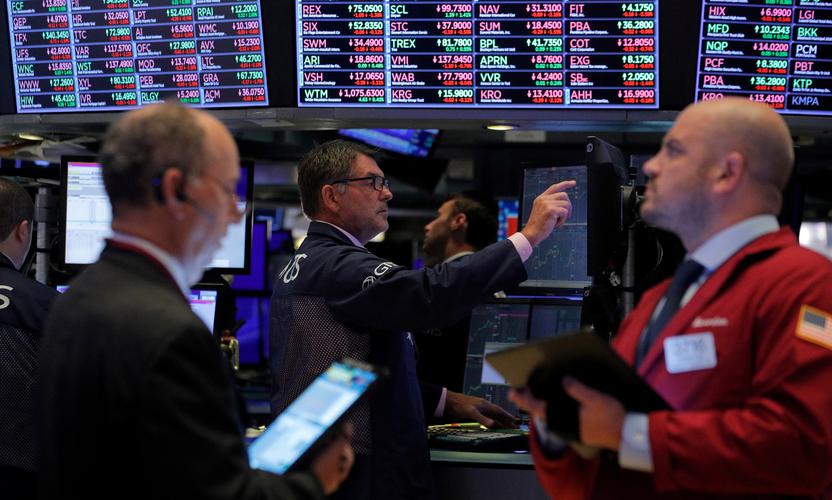This content was correct at the time of publication and is no longer being updated.
It’s no secret that markets have been through an unprecedented decade since the financial crisis, with asset prices supported by extraordinary monetary policy and rising across the board.
This has been a relatively sanguine period of atypically low volatility - particularly compared to the previous decade, which featured the dotcom bubble and the financial crisis - and this has made ‘buying the dip’ a very profitable strategy. Meanwhile, record-low yields have broadened the search for income, increasing demand for riskier asset classes like high yield and emerging market debt.
But investors who have acclimatised to exceptional investment circumstances may be in for a rude awakening when markets return to ‘normal’. It’s impossible to accurately predict the end of the current investment cycle, but we are clearly in a maturing market environment and uncertainty is mounting.
Markets will likely be more volatile as a result. But it’s important to remember that volatility works both ways: it’s not all about downside risk. Over the long term, investors rely on volatility to generate returns; it’s an essential ingredient for any investment strategy built on market exposure.
Volatility in the context of asset allocation
In the long term, asset classes each have average levels of volatility and tend to revert to the mean over time. In fact, the relative levels of volatility across asset classes tend to be more stable over time than their relative levels of return.
This is apparent in the charts below, which rank the calendar-year returns of a range of asset classes in Figure 1, and then their annual volatility in Figure 2. While Figure 1 contains almost a random patchwork in terms of relative returns, the volatility levels in Figure 2 suggest a more consistent picture in terms of their relative levels of volatility.

We can use these studies of relative volatility to construct portfolios of asset classes with complementary characteristics and thereby enhance risk-adjusted returns.
How we use the VIX and other tools for measuring volatility
If we take a step back, volatility is simply a measure of dispersion around a mean, commonly measured through standard deviation. The CBOE Volatility Index (VIX) is a live-traded index which measures implied volatility in the prices of put and call options on the S&P 500 - in other words, a measure of the market’s expectations for asset price movement. Sometimes referred to as ‘the fear index’, a high VIX reading reflects periods of higher implied stock market volatility, and vice versa.
However, it doesn’t give the full picture. Beyond the fact that the S&P 500 is only one, albeit a large, part of the global equity universe, the VIX is also short term, based on options which expire in 30 days. Looking at longer-dated options will often present a more nuanced picture of market expectations. So too will looking at option “skew” (the difference in implied volatility between put and call options), which can highlight prevalent market sentiment or hedging demand.
Investors can also look at measures which cover realised historical volatility, rather than implied future volatility as the latter is typically biased given the volatility risk premium embedded in option prices. In other words, options are usually sold at a premium to compensate the sellers of the insurance, which can cause the implied volatility to be structurally higher than realised.
VIX tradability is another potential limitation. While many investors value the ability to play volatility directly through the VIX, it can be influenced by the supply-demand dynamics of its traded derivatives. The proliferation of synthetic instruments may have taken a useful concept for thinking about volatility and made it less useful as a measure for investors.
Whilst VIX is derived from equity markets, there are similar indicators in other asset classes - currency, rates and commodities. We use a combination of these indicators to arrive at a cross-asset measure of volatility, which can better represent market sentiment for a multi-asset portfolio.
Ultimately, investors must remember that VIX is not a standalone indicator of market risk or risk aversion. It can be a useful starting point for thinking about volatility, but investors need to look more widely for inputs to decision-making.
Key takeaways
When properly measured and monitored, volatility can be useful in the practice of building multi-asset portfolios, as the relative volatility of different asset classes stays somewhat consistent over time. Though periods of high volatility have been few and far between in the past decade, investors need to bear in mind the potential impact it can have in portfolios, for better or worse. In fact, the absence of volatility also implies a lack of returns. As the saying goes: No risk, no reward.







































